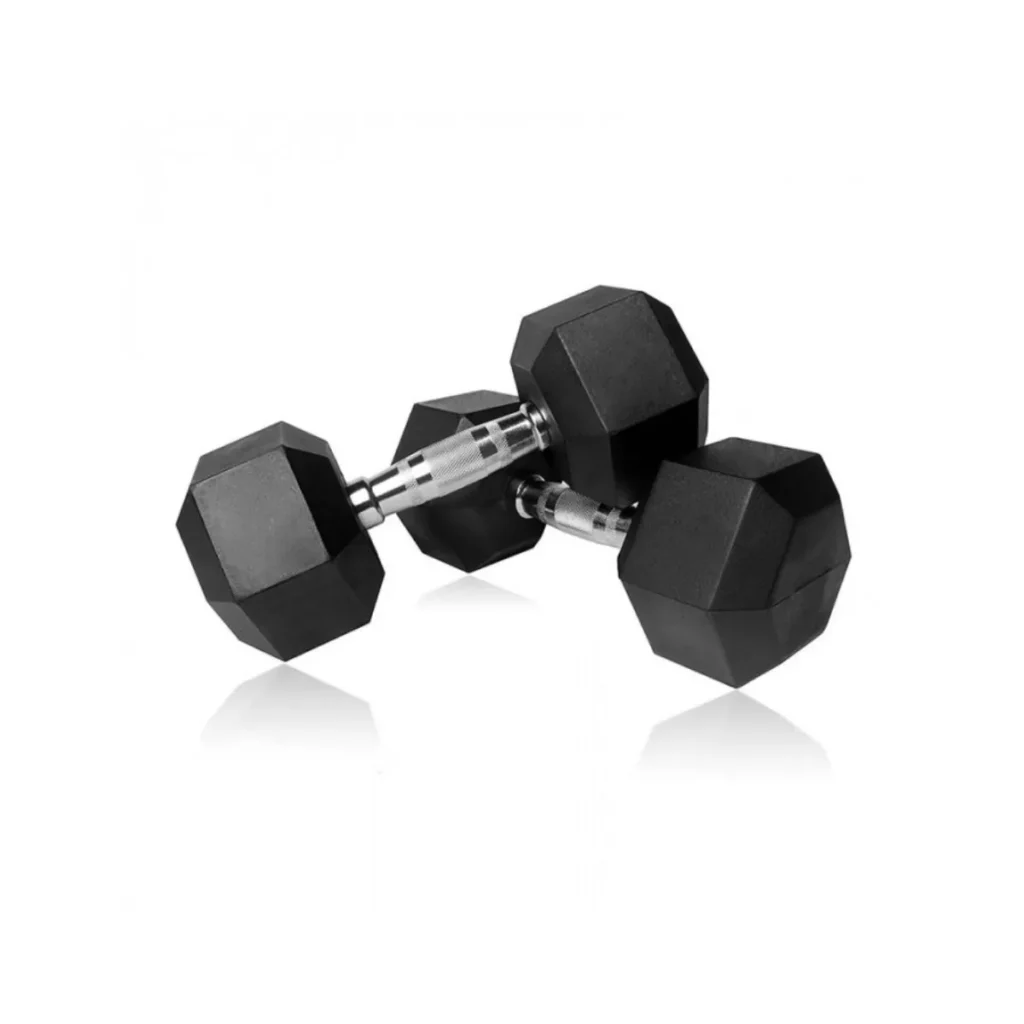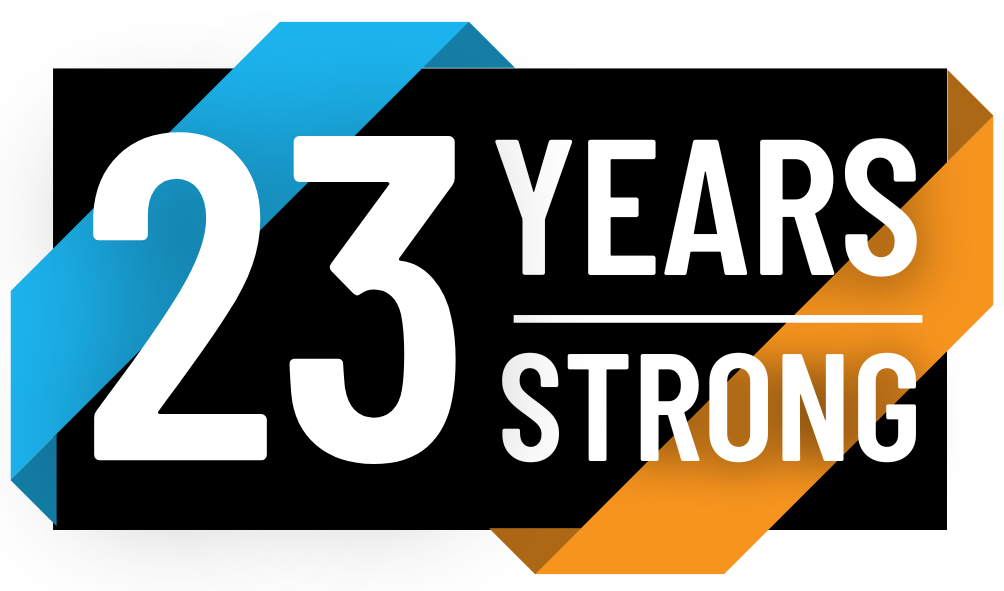
How to Build Muscle with Dumbbells: A Comprehensive Guide
If you’re looking to build muscle, dumbbells are a versatile and effective tool to incorporate into your workout routine. Whether you’re working out in a fully equipped gym or setting up a home gym, dumbbells offer the flexibility to target different muscle groups, increase strength, and improve overall fitness. In this article, we’ll explore how you can use dumbbells to build muscle, the benefits of dumbbell training, and how to create an effective routine.
Why Dumbbells Are Great for Building Muscle
Dumbbells offer several advantages that make them a popular choice for strength training:
- Versatility: Dumbbells allow for a wide range of motion and can be used to work nearly every muscle group. Whether you’re targeting your arms, chest, legs, or core, there’s a dumbbell exercise to suit your needs.
- Improves Symmetry: Unlike machines that can sometimes allow your stronger side to dominate, dumbbells force both sides of your body to work equally. This can help improve muscle imbalances and increase muscle symmetry.
- Increased Range of Motion: Dumbbells allow you to move through a full range of motion, which can improve flexibility and muscle engagement. This leads to better muscle activation and growth compared to more restrictive equipment like machines.
- Functional Movements: Because dumbbells require balance and coordination, they help improve functional strength. This translates to better overall performance in everyday activities and other sports.
- Home-Friendly: Dumbbells are compact and require minimal space, making them ideal for home gyms. Whether you invest in adjustable dumbbells or a set of different weights, they offer a cost-effective and space-saving option for strength training.
How to Build Muscle with Dumbbells
Now that we understand why dumbbells are effective, let’s break down how you can use them to build muscle. Building muscle requires progressive overload, meaning you must continually challenge your muscles by increasing the weight, volume, or intensity of your workouts.
Here’s how you can use dumbbells to achieve this:
1. Start with the Basics: Compound Movements
Compound exercises are movements that work multiple muscle groups at the same time. These exercises should form the foundation of your dumbbell routine because they stimulate the most muscle growth.
Some excellent compound exercises using dumbbells include:
- Dumbbell Bench Press: Targets the chest, shoulders, and triceps.
- Dumbbell Squat: Works the quads, hamstrings, glutes, and core.
- Dumbbell Deadlift: Activates the hamstrings, glutes, lower back, and traps.
- Dumbbell Shoulder Press: Engages the shoulders, triceps, and upper chest.
- Dumbbell Row: Focuses on the upper back, lats, and biceps.
By focusing on these compound movements, you will hit multiple muscle groups in a single exercise, making your workouts efficient and effective for building muscle.
2. Incorporate Isolation Exercises
Once you’ve mastered the compound movements, you can add isolation exercises to target specific muscles more directly. These exercises allow you to focus on one muscle group, which can help build definition and strength in lagging areas.
Some key dumbbell isolation exercises include:
- Dumbbell Bicep Curl: For targeting the biceps.
- Dumbbell Tricep Extension: Focuses on the triceps.
- Dumbbell Lateral Raise: Works the shoulders.
- Dumbbell Flyes: Isolates the chest muscles.
- Dumbbell Calf Raises: Strengthens the calves.
By combining isolation exercises with compound movements, you’ll create a balanced workout that builds both mass and definition.
3. Use Progressive Overload
To build muscle, you need to gradually increase the weight, reps, or sets over time. This is known as progressive overload. When you challenge your muscles beyond what they’re used to, they adapt by growing stronger and larger.
Here’s how to apply progressive overload with dumbbells:
- Increase Weight: As you get stronger, gradually increase the weight of the dumbbells you’re using. This ensures that your muscles are constantly challenged.
- Increase Reps and Sets: If you’re not ready to increase the weight, you can increase the number of reps or sets to continue making progress.
- Slow Down the Tempo: Performing exercises more slowly increases time under tension, which forces your muscles to work harder and promotes growth.
A good rule of thumb is to increase the weight once you can comfortably complete 10-12 reps with your current set of dumbbells.
4. Rest and Recovery
Building muscle isn’t just about working out; it’s also about allowing your muscles time to recover and grow. When you lift weights, you’re creating tiny tears in your muscle fibers. Your muscles repair these tears during rest, which leads to muscle growth.
Here are some tips for optimizing rest and recovery:
- Get Enough Sleep: Aim for 7-9 hours of sleep per night to support muscle recovery and growth.
- Rest Between Workouts: Avoid working the same muscle groups on consecutive days. Give each muscle group at least 48 hours of rest before training them again.
- Proper Nutrition: Fuel your body with the nutrients it needs to repair and grow muscle. A diet rich in protein, healthy fats, and complex carbohydrates is essential for muscle building.
5. Variety in Your Workouts
Incorporating variety into your workouts is crucial for avoiding plateaus and ensuring consistent muscle growth. Over time, your body adapts to your workouts, and the same routine may become less effective. Here’s how you can keep your workouts varied and challenging:
- Change the Exercises: Swap out some of your usual exercises for new ones to target muscles in different ways. For example, replace standard bicep curls with hammer curls.
- Alter the Reps and Sets: Instead of sticking to 3 sets of 10 reps, try doing 4-5 sets with fewer reps and heavier weights. Or, go for higher reps with lighter weights to change the stimulus.
- Switch the Order: Changing the order of exercises in your routine can activate muscles differently. If you usually start with squats, try starting with lunges or deadlifts.
Sample Dumbbell Workout Routine
Here’s a simple but effective full-body dumbbell workout designed to build muscle:
Day 1: Upper Body
- Dumbbell Bench Press: 4 sets of 8-10 reps
- Dumbbell Row: 4 sets of 8-10 reps
- Dumbbell Shoulder Press: 3 sets of 10-12 reps
- Dumbbell Bicep Curl: 3 sets of 12-15 reps
- Dumbbell Tricep Extension: 3 sets of 12-15 reps
Day 2: Lower Body
- Dumbbell Squats: 4 sets of 8-10 reps
- Dumbbell Deadlift: 4 sets of 8-10 reps
- Dumbbell Lunges: 3 sets of 10-12 reps per leg
- Dumbbell Calf Raises: 3 sets of 15-20 reps
- Dumbbell Bulgarian Split Squat: 3 sets of 10-12 reps per leg
Day 3: Rest or Active Recovery
Day 4: Full-Body
- Dumbbell Deadlifts: 4 sets of 8-10 reps
- Dumbbell Bench Press: 4 sets of 8-10 reps
- Dumbbell Shoulder Press: 3 sets of 10-12 reps
- Dumbbell Lateral Raises: 3 sets of 12-15 reps
- Dumbbell Curl to Press: 3 sets of 12-15 reps
Conclusion
Building muscle with dumbbells is both effective and accessible for people at all fitness levels. By focusing on compound movements, incorporating isolation exercises, and applying progressive overload, you can create a workout routine that helps you achieve your muscle-building goals. With proper rest and nutrition, you’ll see significant improvements in strength, symmetry, and overall muscle mass. So grab a pair of dumbbells, start lifting, and watch your muscles grow!

